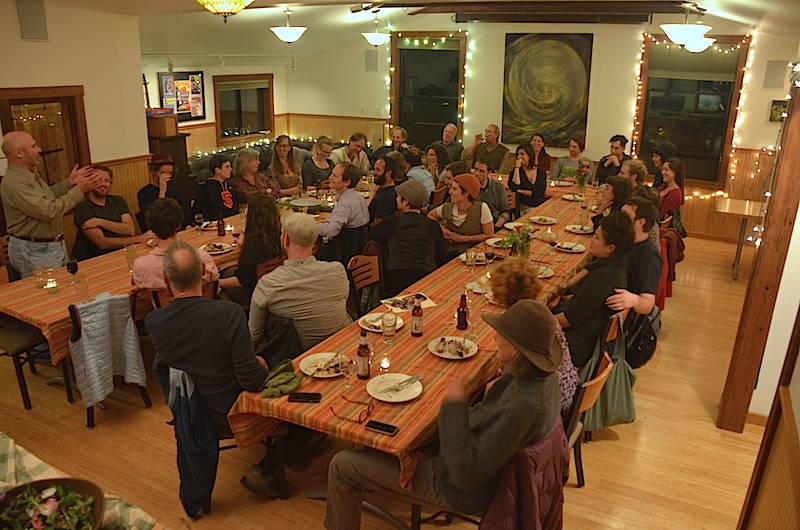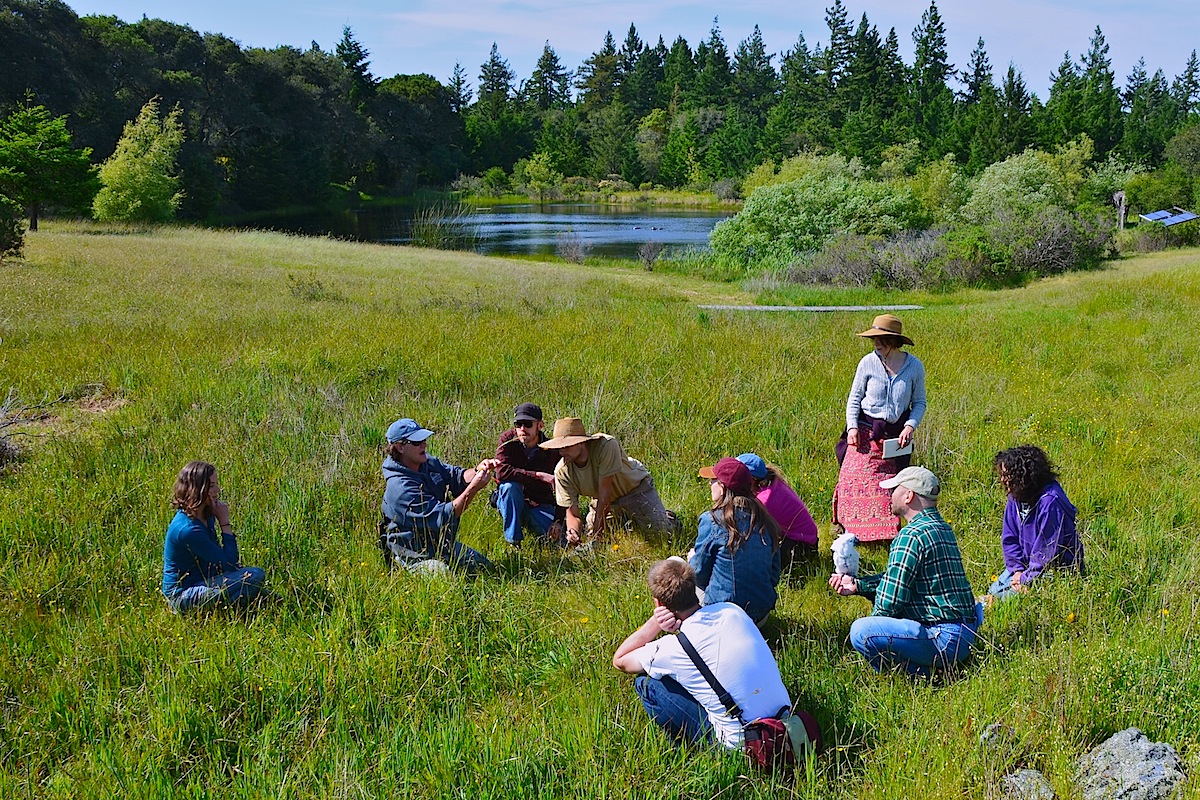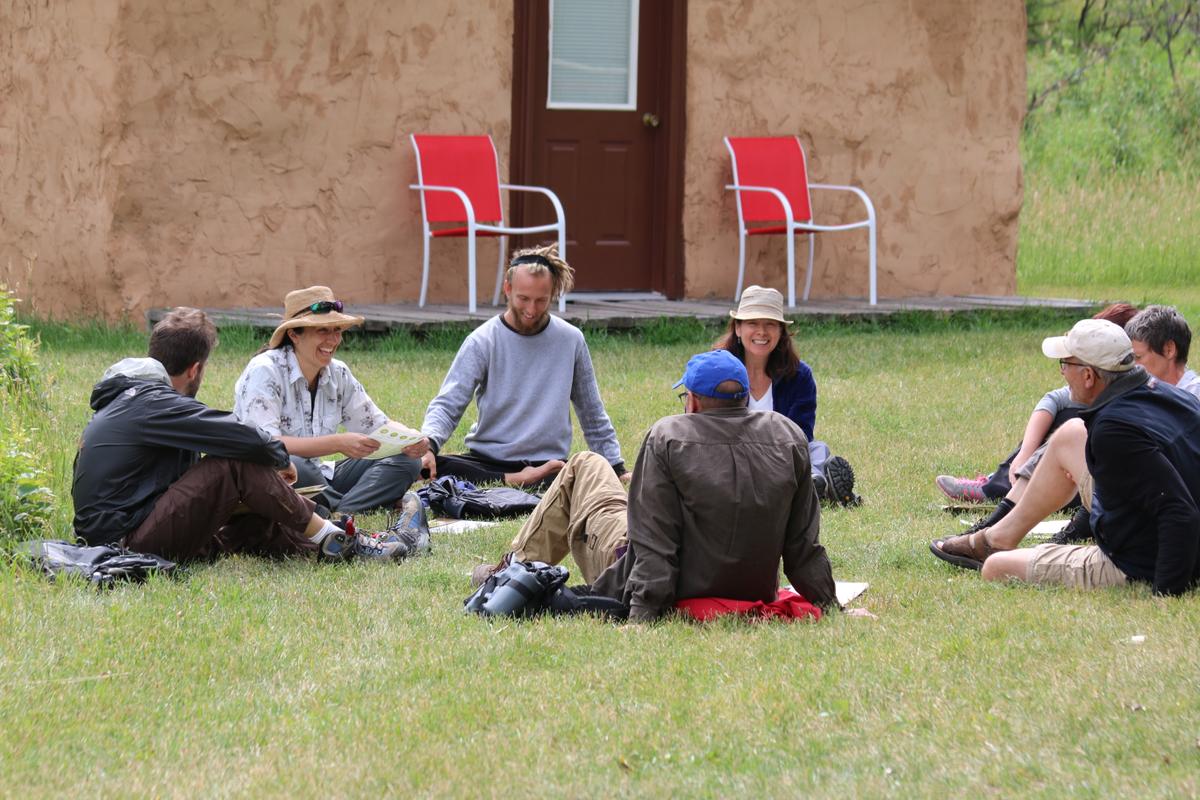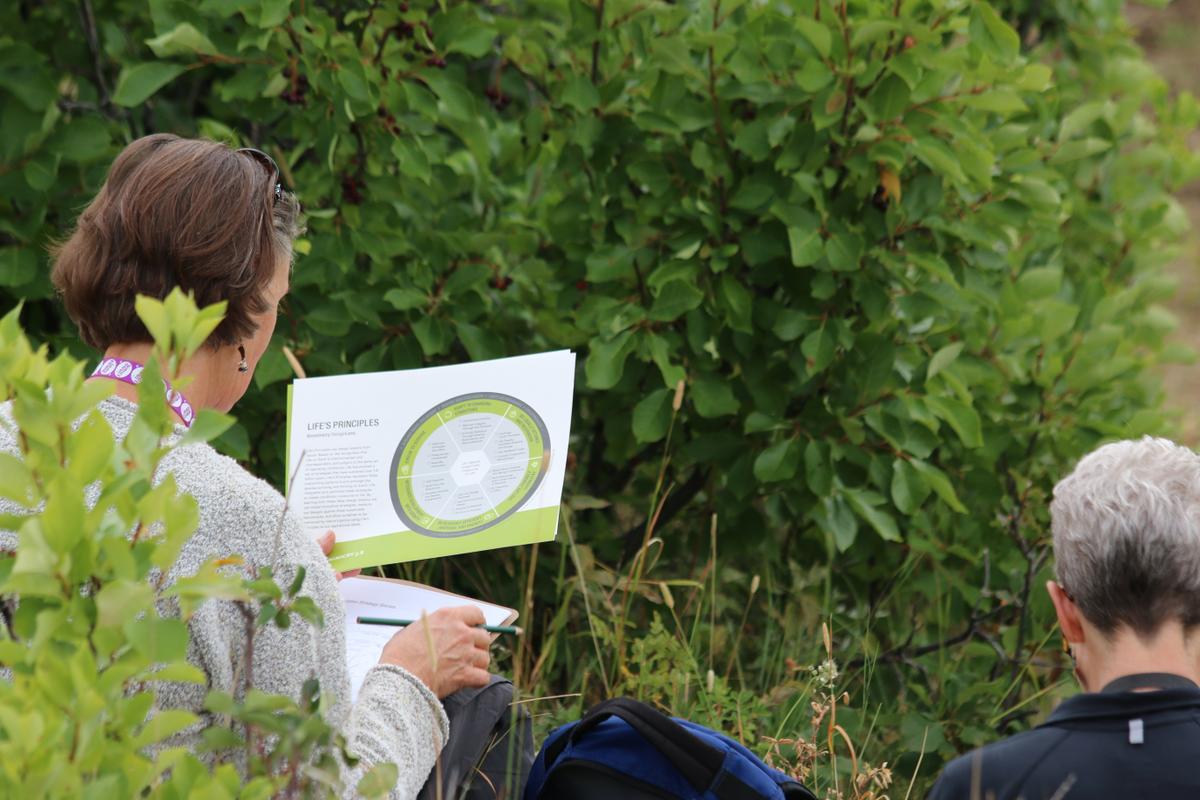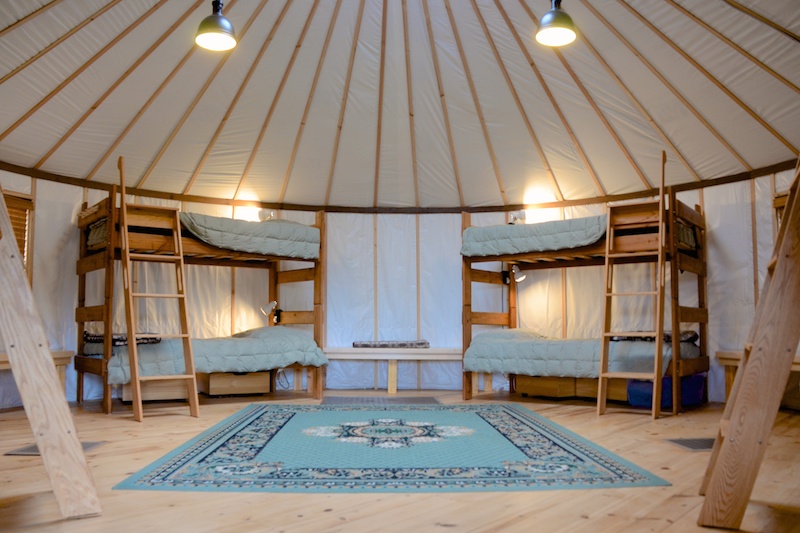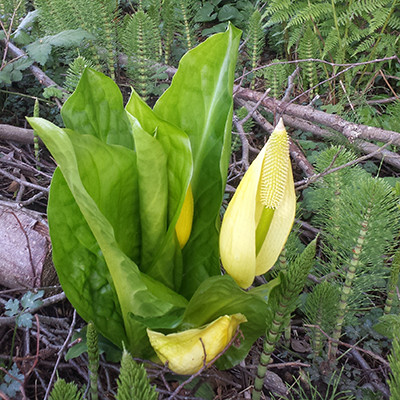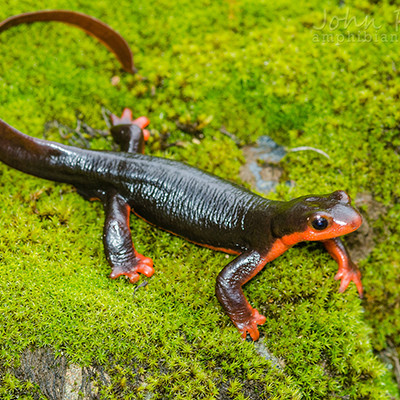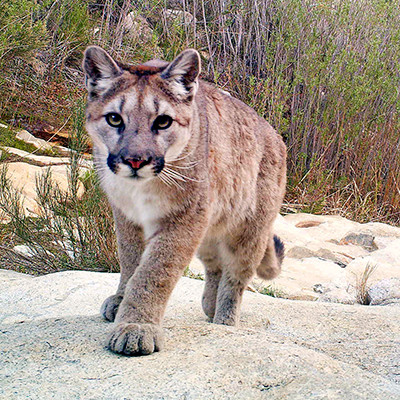Discover Nature's Genius in California
What can you expect to experience while you Discover Nature’s Genius in California? Here’s a preview of what each day will include:
Day 1: Meet the group at the Occidental Arts and Ecology Center. Settle in at the Center and spend the afternoon getting oriented to biological wonders of acorn woodpeckers and gray squirrels in the oaks and meadows bursting with wildflowers, or wander down to the wetland and pond to see red-bellied newts and other organisms thriving there.
Day 2: Begin honing your observation skills of the Californian flora and fauna while diving into the world of biomimicry on OAEC’s 70-acre Preserve. Explore life’s resilience strategies in the mixed oak, fir, and redwood forests while connecting with Life’s Principles, a Biomimicry 3.8 tool that summarizes the rules for how life survives and thrives on Earth, and begin diving into the biomimicry methodology.
Day 3: Deepen your understanding of Life’s Principles on a kayaking tour through Bodega Bay and the intertidal zone. Discover red abalone, blue mussels, and life teeming within the bull kelp. Regroup back at the Center and discuss the experience of abstracting Life’s Principles in the field. After dinner, put on your headlamp and head out to look for bats, owls, and other nocturnal life thriving in the forests, meadows, and ecotones.
Day 4: After an early morning bird walk, assemble into small discovery teams to go deep into understanding the unique adaptations of local organisms in the Old Growth Redwood Forest that captures water from fog. Spend the evening sharing your team’s design ideas inspired by the day’s discoveries.
Day 5: Spend the morning exploring estuarine wildlife, migratory birds, and unique fjord-like views in Estero Americano Preserve. Spend the rest of the day on a continued journey of discovery into your selected organism and share with the group what you’ve learned and what ideas it has inspired. Give thanks to the wisdom found in this Mediterranean biome and celebrate the final evening of the workshop with the group!
Day 6: Experience a full morning of observing nature at OAEC. Discover function and strategies in California poppies, lupine, and oatgrass in the meadows or old man’s beard lichen and flickers in the Douglas fir forest. We’ll close the workshop after lunch for you to head back to the airport… or stay in California to continue traveling–either way, the next biomimicry adventure awaits!
